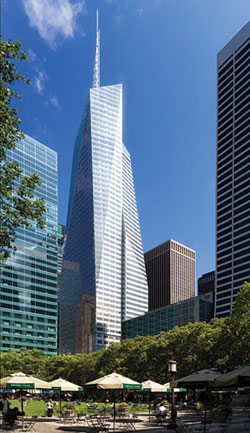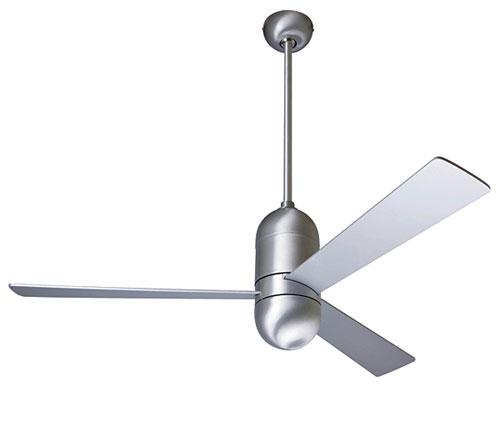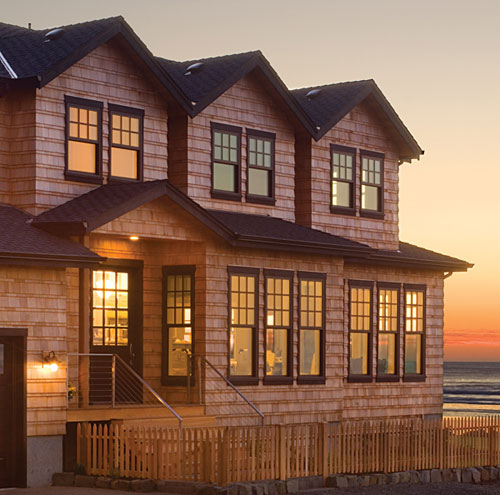Technologies for Energy Efficiency
 |
The Bank of America at One Bryant Park in New York City is designed to be the world's most sustainable building. This project prioritizes fresh air and personal temperature controls through the incorporation of a raised floor air distribution system on every floor. Photo courtesy of Cook + Fox Architects |
Professionals have numerous choices for assembling and integrating both new and old technologies to provide energy efficiency. Some of these choices are based on principles of human comfort, as well as an analysis of return on investment. This article will discuss a few of the many ways to effectively use nature to provide individual comfort as well as energy efficiency. The understanding of the biometrics and physics of air movement from ceiling fans, to raised floors with underfloor air distribution are ways to combine comfort with personal control of your environment.
The intent of One Bryant Park was to become the most sustainable office building in the country. Cook + Fox Architects researched numerous building systems and materials, looking at both energy savings and health and productivity design strategies. "Choosing an underfloor air delivery system," says architect Serge Appel, AIA, LEED AP, Associate Partner at Cook + Fox Architects, "increased the perceived value of the space. More importantly, when you allow individuals to have control over their own environment, you increase their happiness."
In addition, the components of energy-efficient windows will be discussed along with the newest EPA regulations for thermal efficiency. Designers will also learn how solar hot water can be installed to reduce both home and commercial hot water heating bills. "Solar hot water is the most practical renewable method to heat water for domestic or commercial use as it's generally three to four times less expensive than a solar Photovoltaic (PV) system of similar energy output. And with approximately 100 million inefficient water heaters installed in the U.S., there's a great potential for improving our energy supply and our environment," said Ole Pilgaard, President of Heliodyne.
AESTHETIC CHOICES
Leading the way in energy efficiency doesn't have to mean a sacrifice in design vocabulary. Artists and industrial designers are all taking up the challenge of making new forms for sustainable design practices. Design entrepreneur, Ron Rezek, designed the world's first contemporary ceiling fan design. He states that ceiling fans are "designed to be functional and energy efficient. This is part of being contemporary and pushing the edge. Energy efficiency is the wave of the future."2
 |
Subtractive simple forms update this energy-efficient ceiling fan to new design sophistication. Photo courtesy of The Modern Fan Co. |
Â
Window manufacturers are developing new fiberglass profiles that can be painted in numerous colors to allow architects to select from a wider color palette than ever before. "These windows are impervious to water, cold, insects, salt air, and ultraviolet rays. The result is energy-efficient fiberglass windows that maintain their beauty in every season, in any climate," according to Maureen Faccia, Director of Fiberglass Product Management from Milgard Windows & Doors.
Professionals are adding many different technologies into their toolkits. Responding to energy demand requires knowledge of basic human comfort as well as an understanding of the number crunching necessary for saving money.
 |
The view of the water is framed by energy-efficient fiberglass windows. Photo courtesy of Milgard Windows & Doors. |









